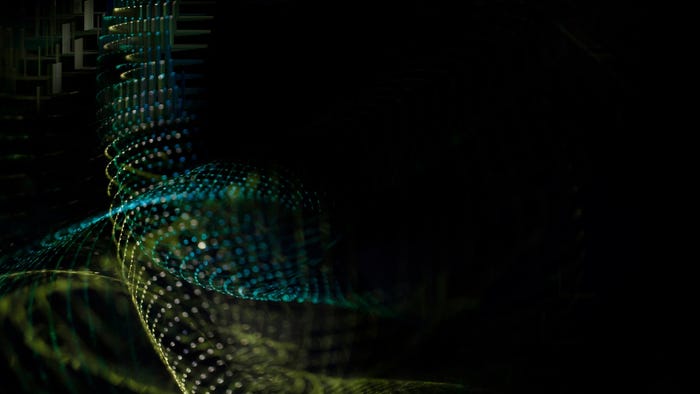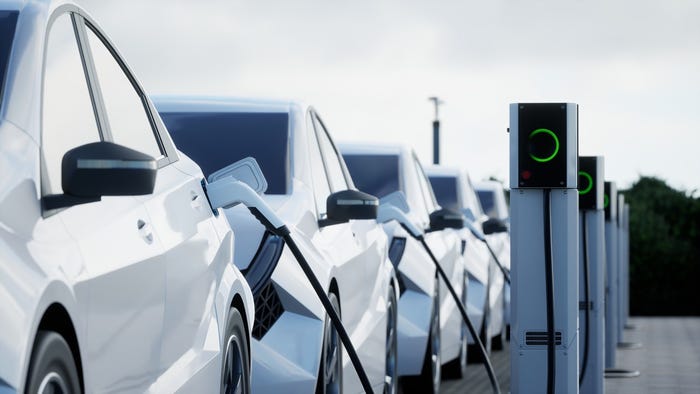
Connects decision-makers and solutions creators to what's next in quantum computing
NASA Plans to Test Quantum Communication in Space on Resupply MissionNASA Plans to Test Quantum Communication in Space on Resupply Mission
Experiments include tacking fires in microgravity, analyzing antibiotic resistance and growing space salad

NASA scientists plan to test quantum communication in space on the 31st SpaceX commercial resupply to the International Space Station.
The Space Entanglement and Annealing Quantum Experiment (SEAQUE) aims to test technologies that could enable communication on a quantum level using entanglement.
NASA researchers plan to focus on validating the new technology that could enable easier and more robust communication between two quantum systems across large distances in space.
Findings from the experiment could establish the building blocks for communication between equipment such as quantum computers and enhanced security.
The investigation is integrated on a materials international space station experiment device, a platform for experiments outside the space station, exposing instrumentation directly to the space environment.
Some quantum technologies are considered a natural fit for use in space as they need to operate at temperatures close to absolute zero, and space has temperatures much closer to that than found on Earth.
However, it is very susceptible to background radiation, or noise, and there are high levels of radiation in space. This experiment will test SEAQUE’s robustness.
The SpaceX Dragon spacecraft is scheduled to lift off aboard the company’s Falcon 9 rocket from Launch Complex 39A at NASA’s Kennedy Space Center in Florida in early November.
SEAQUE is one of six science experiments NASA scientists and research teams aim to undertake to advance space research on the mission.
Other research is expected to investigate smothering fires in space, analyze antibiotic-resistant bacteria, examine health issues like blood clots and inflammation in astronauts and grow moss and lettuce in microgravity.
The latter experiment to grow the Outredgeous variety of red romaine lettuce began on the ISS in 2012 and is known jokingly as the space salad bar. It aims to inform NASA about the possibility of growing vegetables in space and could also benefit agriculture on Earth.
About the Author
You May Also Like
.png?width=100&auto=webp&quality=80&disable=upscale)
.png?width=400&auto=webp&quality=80&disable=upscale)




